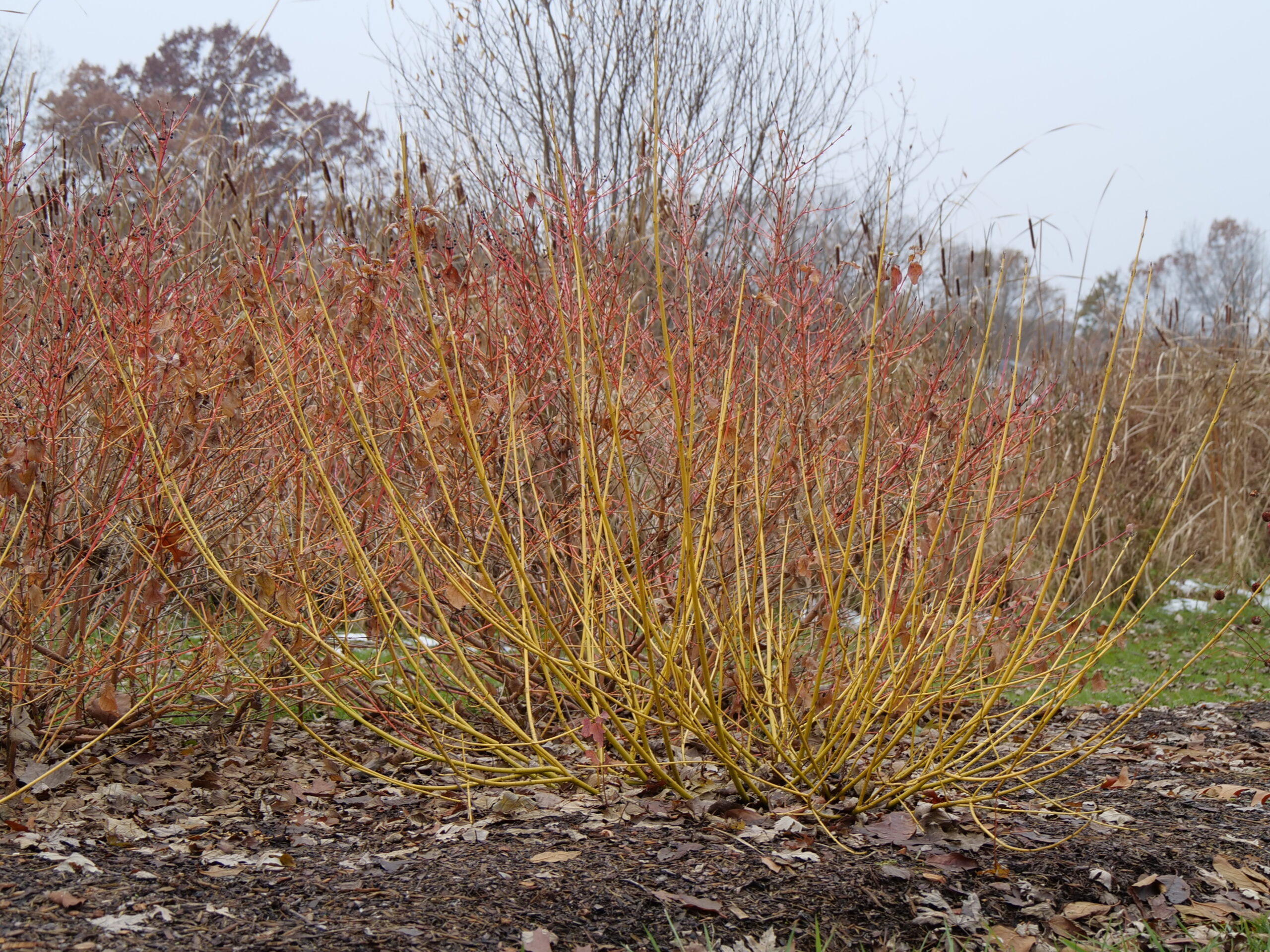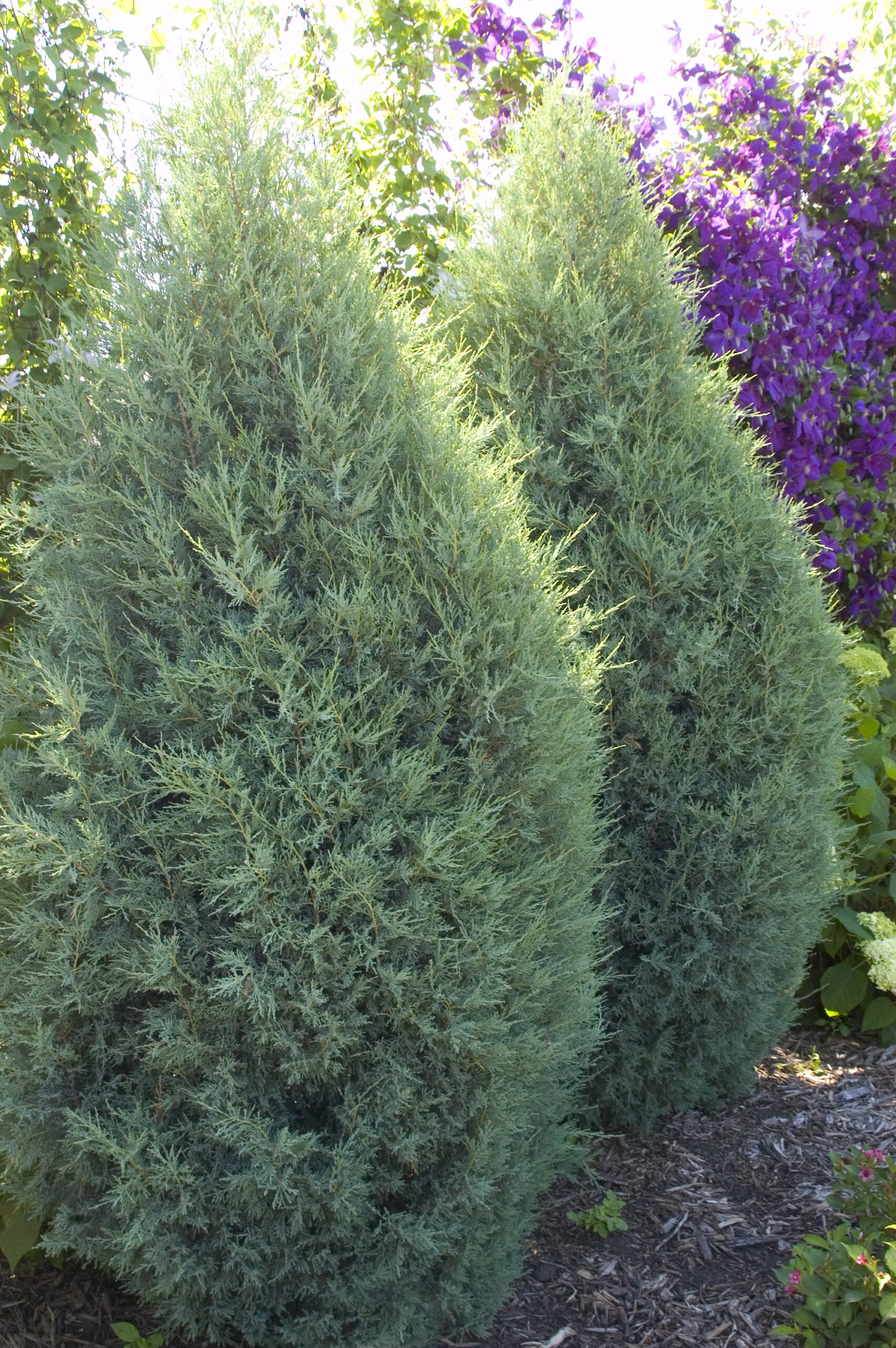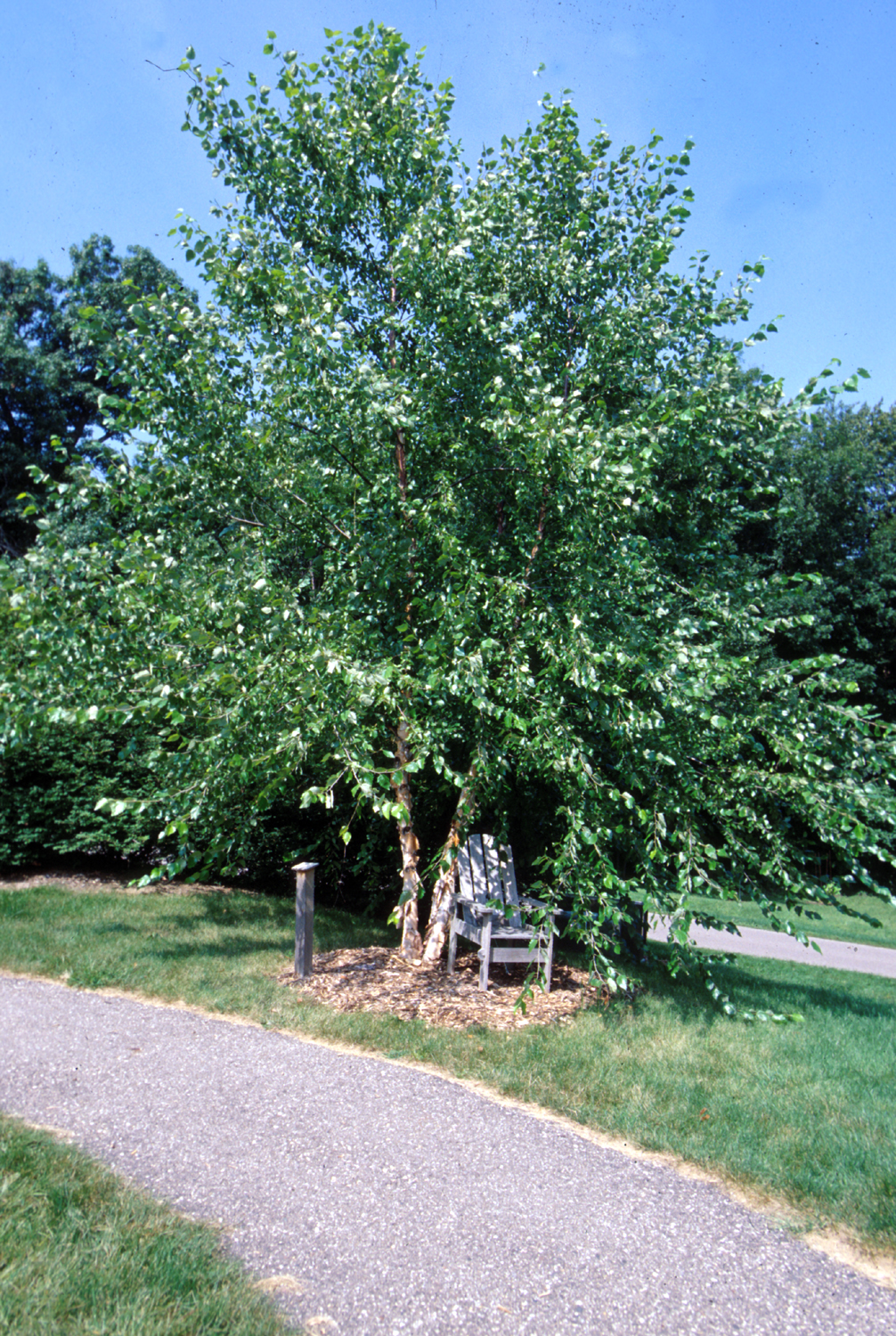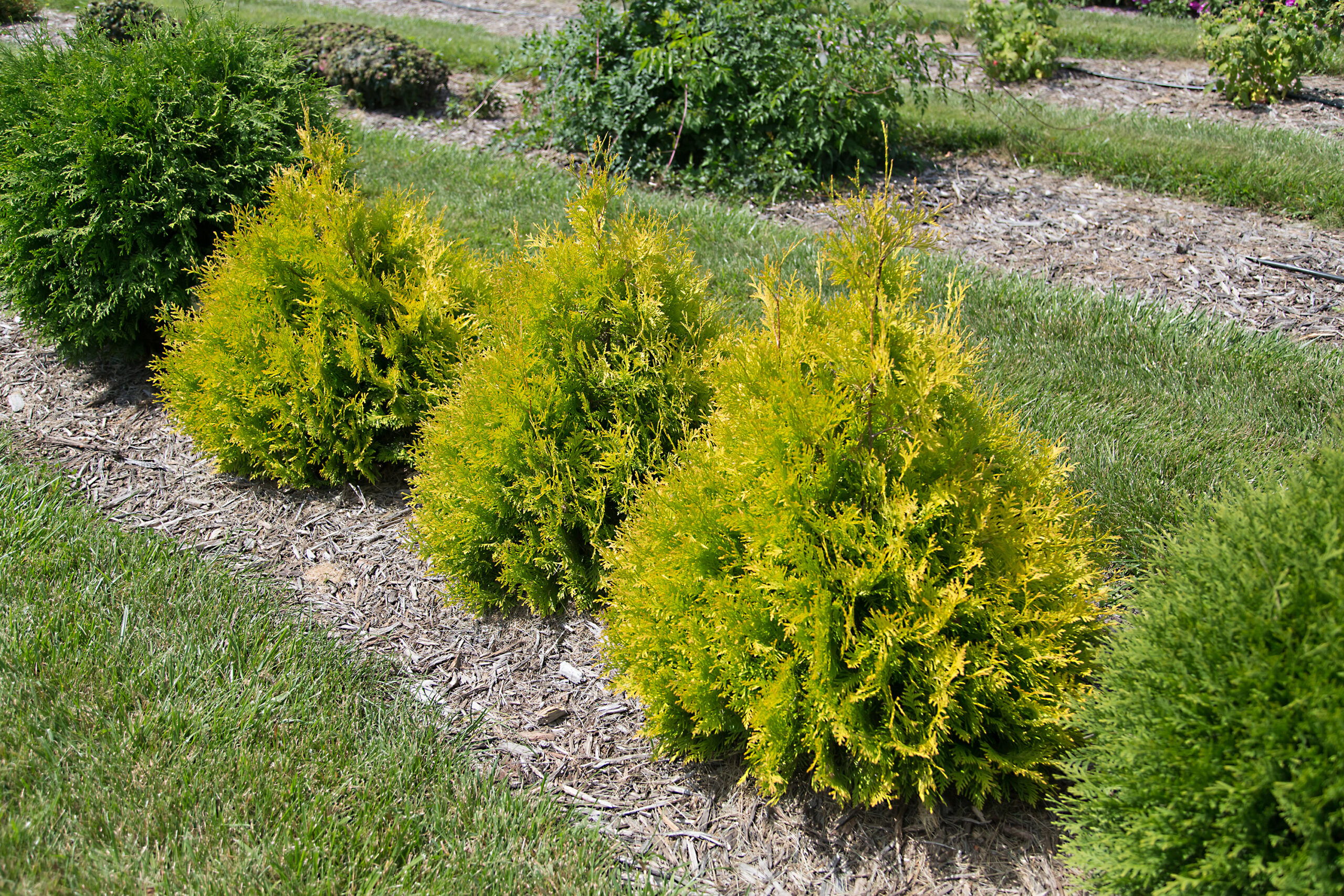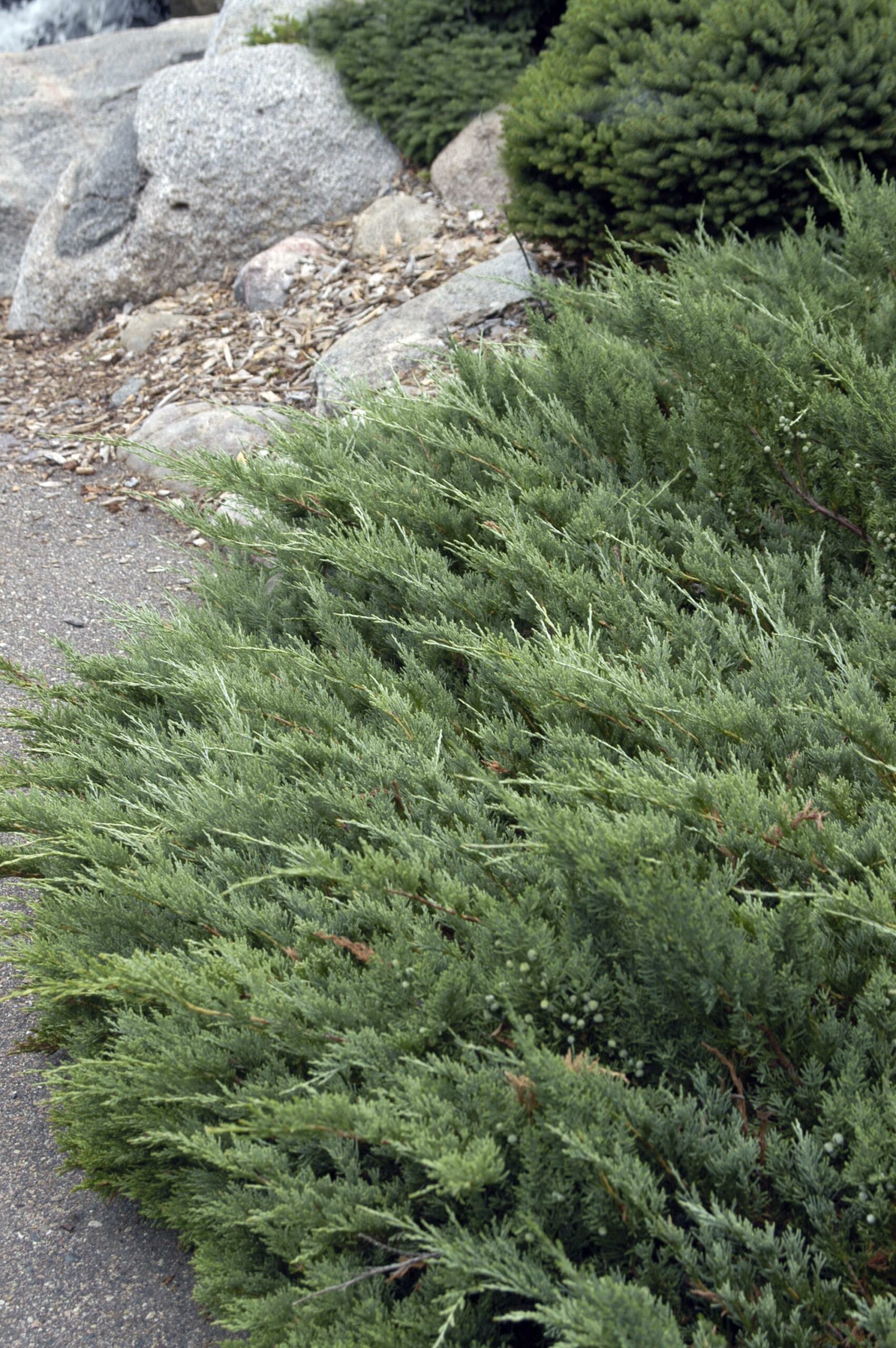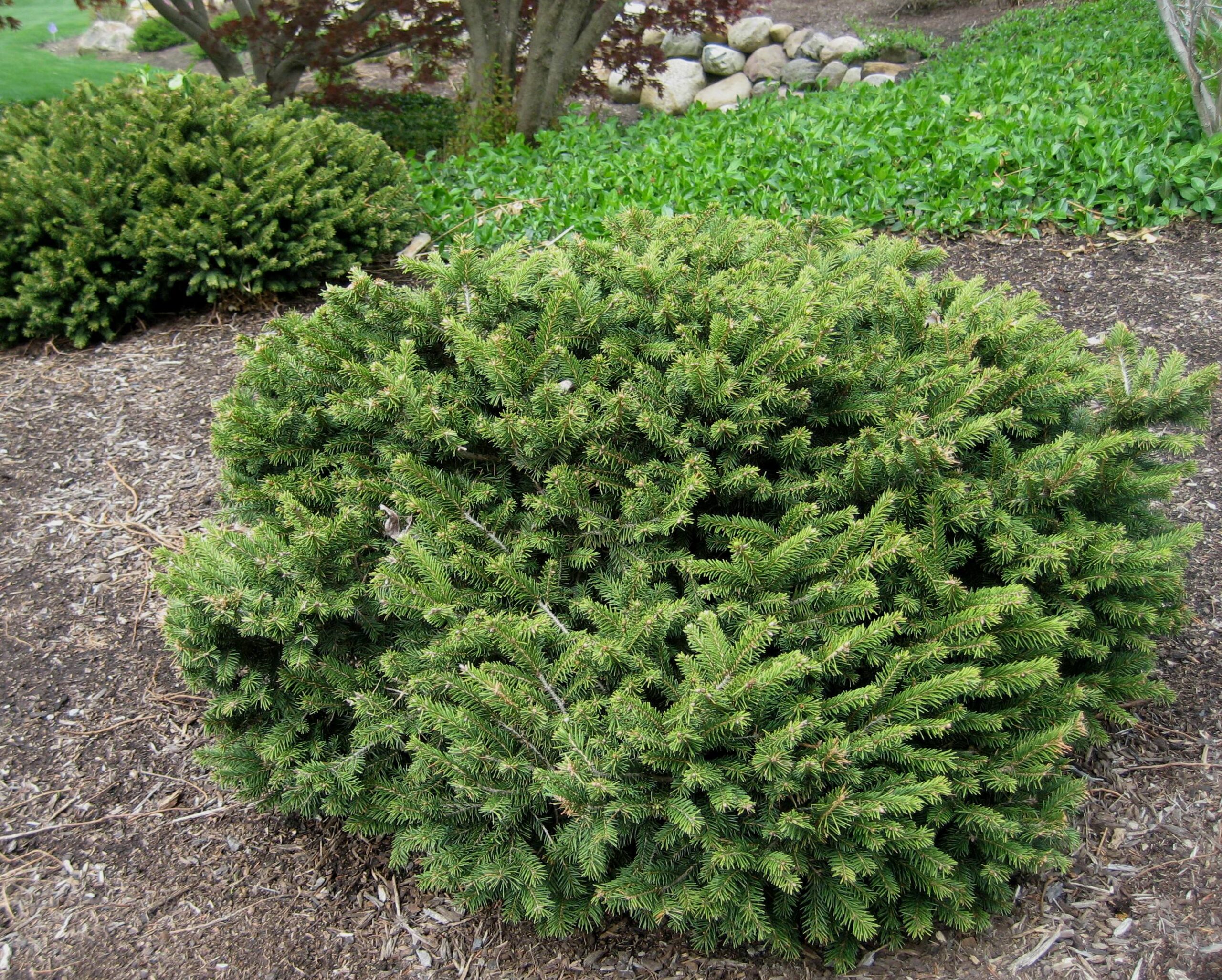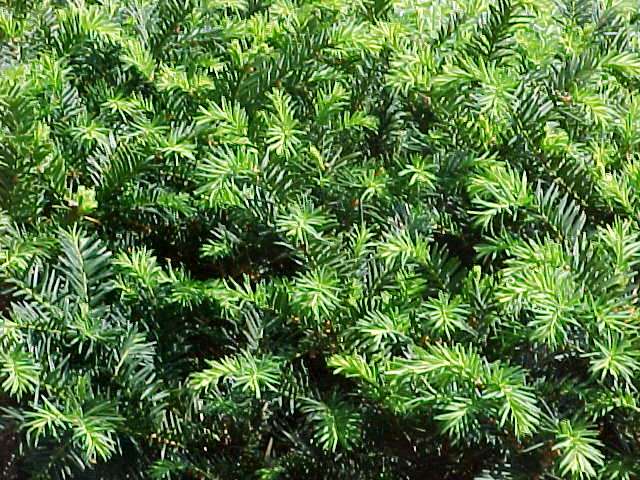You can sow seeds for winter vegetable crops, like salad greens, radishes, carrots, onions, Swiss chard, English peas and kale. Look for transplants of other cool-season vegetables, including Brussels sprouts, broccoli and cauliflower. Herb transplants also appear in garden centers during winter.
In cold regions, you can adapt winter sowing practices by scattering seeds in planting beds during winter thaws or in late spring during robin snows, when nights are still freezing. If you cannot cover these seeds with a little soil (and you don’t necessarily have to in order to succeed), you do risk losing a few to hungry critters, but you’ll still have some that germinate. Simply toss them into planting beds where you want them to come up.
You can also tuck winter annuals into soil during winter. Watch for frost-tolerant or hardy choices at your local garden centers. Pansies and violas are strong cold weather contenders, as are dusty miller and flowering cabbage or kale.
If you’re ready to tuck winter transplants in the garden, put the task on hold if a hard freeze is in the forecast. Hold plants in a protected location until the cold snap passes. Be prepared to cover newly-planted items if frost is predicted. Watering new additions to the garden is also important. Plants will likely need less water than during warmer weather, but they won’t grow if allowed to dry severely.

